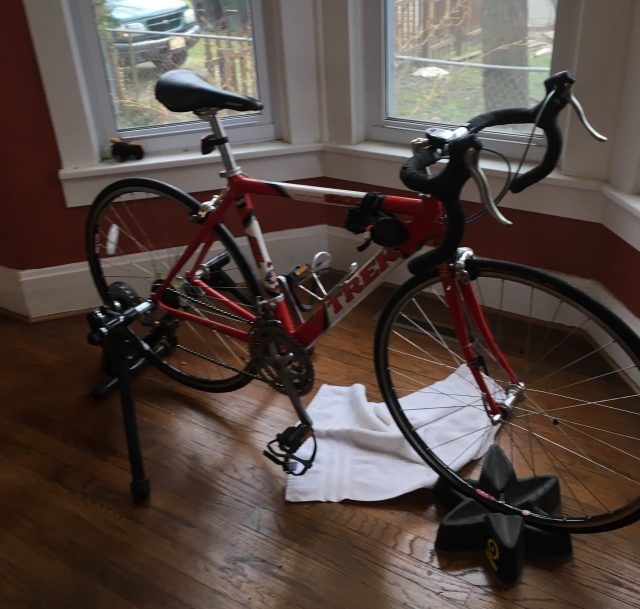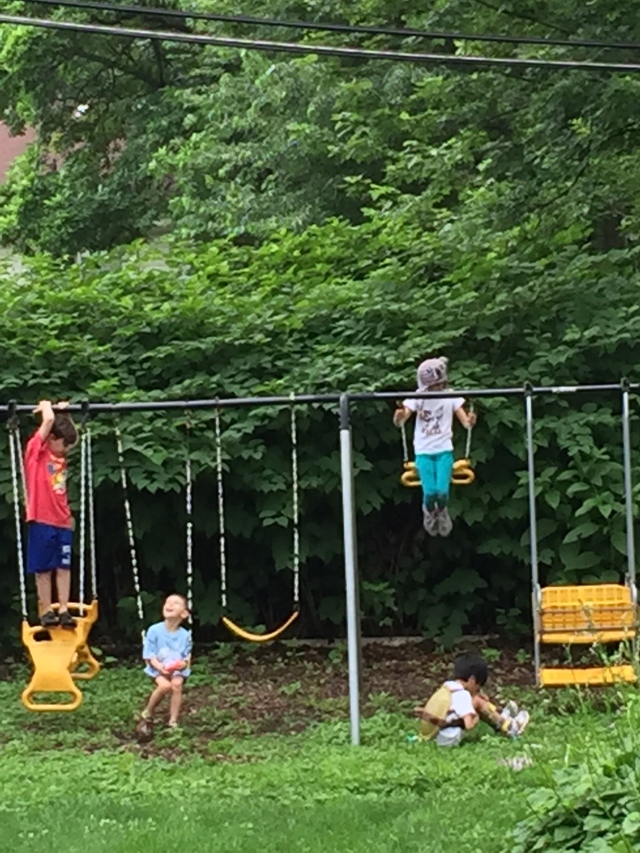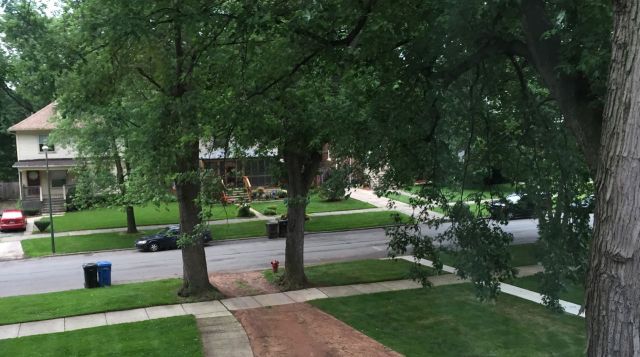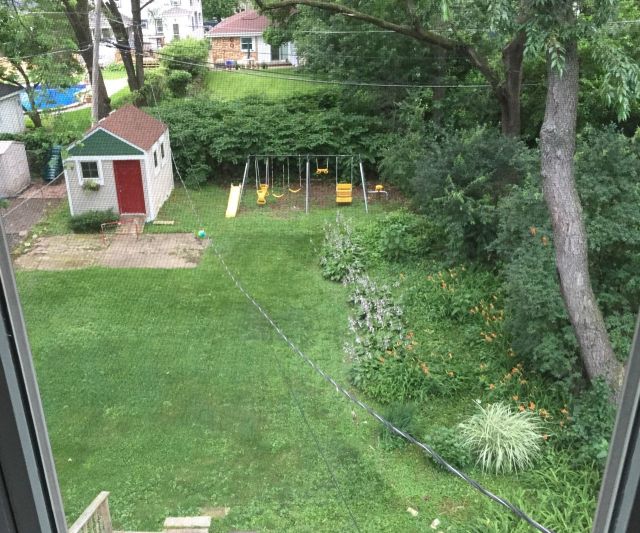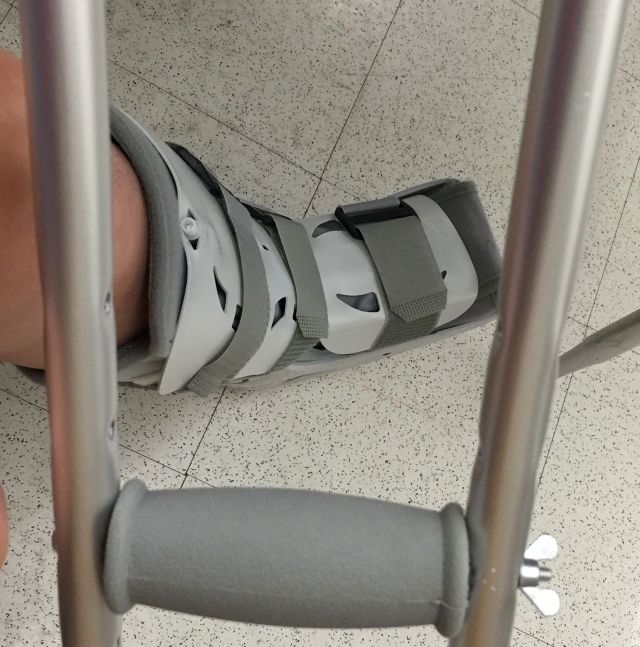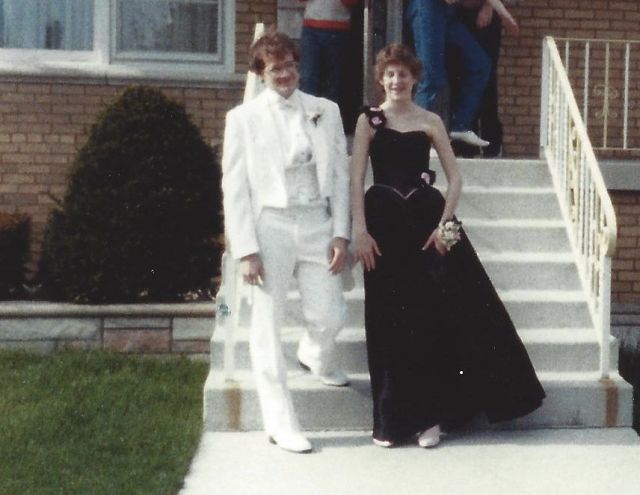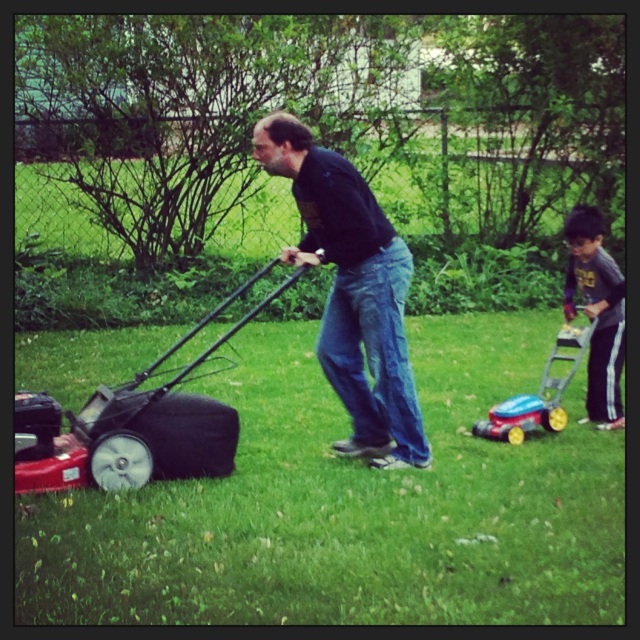“Wow, you had a tattoo before it was cool to have a tattoo,” said Mike, the guy planning my inking session said. He clarified, “Okay, tattoos are cool no matter what, but 20 years ago, there were only a couple of places in the city doing them.” Tattoos have indeed become more commonplace, but when I got inked the first time, at Jade Dragon in Chicago, it was an assumption that bikers and loose women, gang members and outlaws, got marked. My first tattoo was a meditation knot for teachers — and I am one. I had only been a teacher for a few years when I got that tattoo, and I suppose it was prescient since I have remained one for 30 years. That tattoo has faded and its lines have blurred with time, but it serves as the seed from which my most recent tattoo emerges. My second tattoo, the one that I got in remembrance of my son, Declan, who died 48 hours after his birth, is something I have written about before.
While that tattoo was a mark of remembrance and solace, a mark of surviving and seeking peace, this most recent one is a mark of celebration and connection. For a long time, I’ve wanted to mark my body with my two children who we adopted, and this past summer’s trip to Vietnam with Monkey Man and Gorilla Girl provided the inspiration for the image that would connect me indelibly to them as mom. The lotus flower holds symbolic value because it is a flower of renewal, rebirth, regeneration, and of Vietnam itself. A lotus will put down roots, grow in the murkiest of waters to become a beautiful flower. Becoming a mother — putting down my own roots in the muddy and ever-shifting challenges has been beautiful. It’s the connection itself that has grown and become more beautiful with time, even when occasionally hit with an infestation of doubt. I wanted to incorporate my kid’s names into the flower, to make the tattoo one that would link us physically despite our lack of biological connection.
When we returned from Vietnam, I ran across a lotus flower image, a photograph taken by Gorilla Girl in Vietnam. Gorilla Girl drew anew that flower and invented the drawing that was tattooed on my body just before Christmas. Once the drawing was made by Gorilla Girl, the plan was certain and there was no going back. Because the drawing was her decision, she chose the mark she wanted to put on my skin. The mark that would link us, even though we don’t resemble each other physically. There’s something about the physicality of that experience of her pen on the paper, and the pen on my body that draws us together.
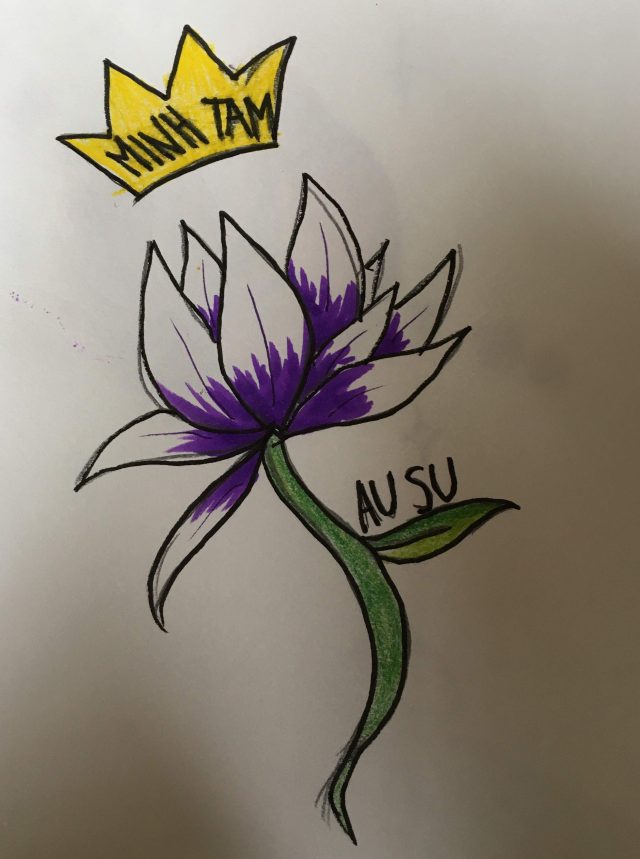 One of my good friends has a son in college, and she asked if I could send her a photograph of my Declan tattoo and my recent tattoo of the lotus flower. Her son was writing a paper for a creative writing class, and he decided to write about tattoos. He expressed what many seem to feel about a middle-aged woman with tattoos — the judgment that he admitted marked me, in his eyes, as someone who made a drunken mistake as a college student. After his mom told him the real story, he wrote that he felt shame for making such judgments. It’s true that women have long been “marked” when they choose to ink themselves. Tattoos are associated with a low-class sensibility, but as FC noticed, the beauty, artistry, and meaning of the tattoos that I’ll carry forever show something about being present in the world, about willingness to use art to express something that cannot be uttered sufficiently, to illustrate the ineffable. Why not make canvases of our bodies?
One of my good friends has a son in college, and she asked if I could send her a photograph of my Declan tattoo and my recent tattoo of the lotus flower. Her son was writing a paper for a creative writing class, and he decided to write about tattoos. He expressed what many seem to feel about a middle-aged woman with tattoos — the judgment that he admitted marked me, in his eyes, as someone who made a drunken mistake as a college student. After his mom told him the real story, he wrote that he felt shame for making such judgments. It’s true that women have long been “marked” when they choose to ink themselves. Tattoos are associated with a low-class sensibility, but as FC noticed, the beauty, artistry, and meaning of the tattoos that I’ll carry forever show something about being present in the world, about willingness to use art to express something that cannot be uttered sufficiently, to illustrate the ineffable. Why not make canvases of our bodies?
 Coincidentally, I’ve recently finished reading The Book of Joan, in which, among other things, a future world exists in which all bodies are adorned with text, stories, images that link humans to the past, to works of art and literature no longer in existence. I’m not sure how I envision the bodies, and perhaps in some ways, they are the grotesque imaginings of a dystopian reality (but one in which a woman exacts revenge for the scourge of destruction wrought by men), but for some reason, the idea of memorializing stories, whatever ones we choose, on our bodies strikes me as a worthy effort.
Coincidentally, I’ve recently finished reading The Book of Joan, in which, among other things, a future world exists in which all bodies are adorned with text, stories, images that link humans to the past, to works of art and literature no longer in existence. I’m not sure how I envision the bodies, and perhaps in some ways, they are the grotesque imaginings of a dystopian reality (but one in which a woman exacts revenge for the scourge of destruction wrought by men), but for some reason, the idea of memorializing stories, whatever ones we choose, on our bodies strikes me as a worthy effort.
I’m not an artist, so the images on my body are my attempt to put beauty and stories in the world, at least in the brief time that my body exists in the world. This body, and thus the art inscribed upon it, is temporary, but nevertheless, it tells a story.


